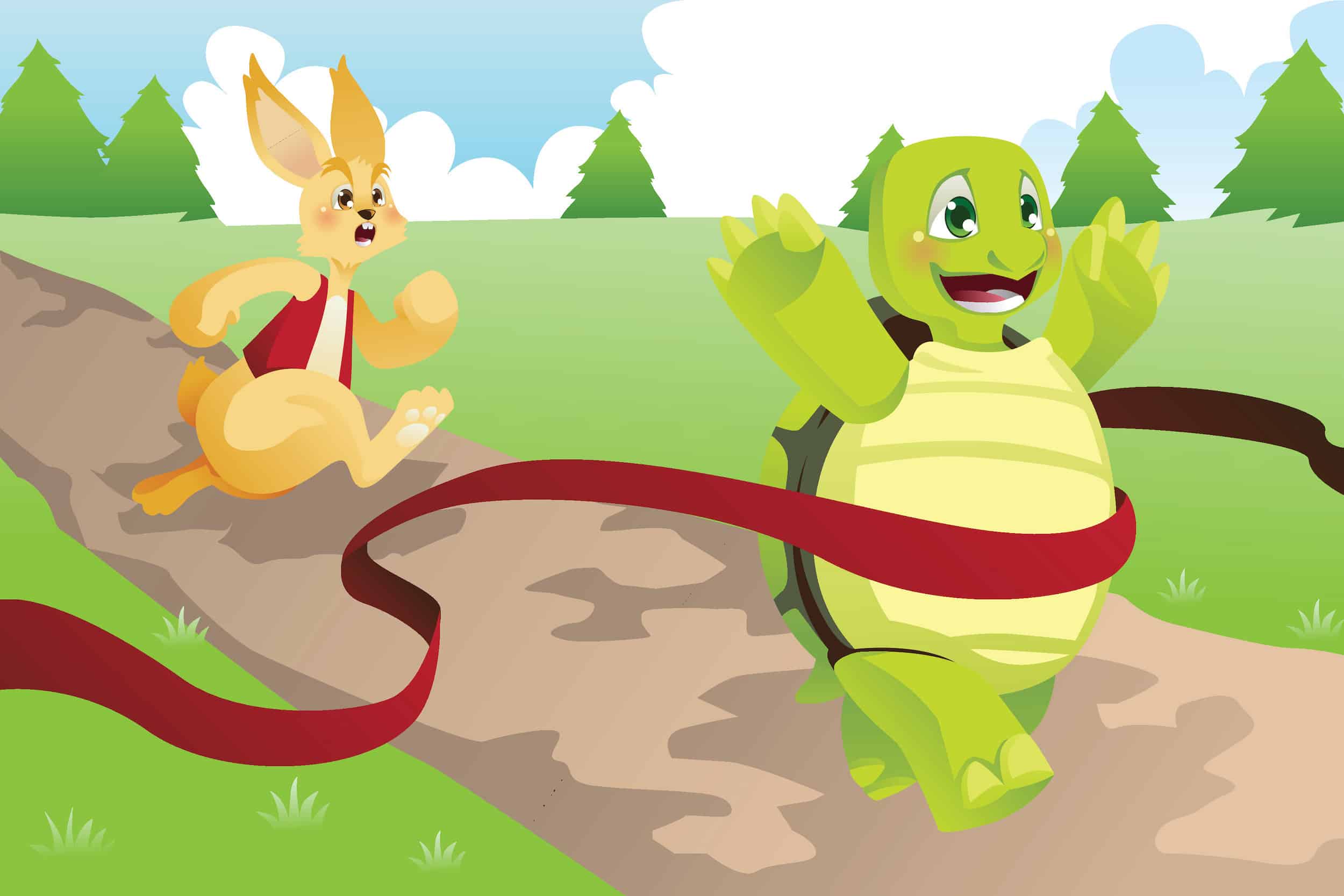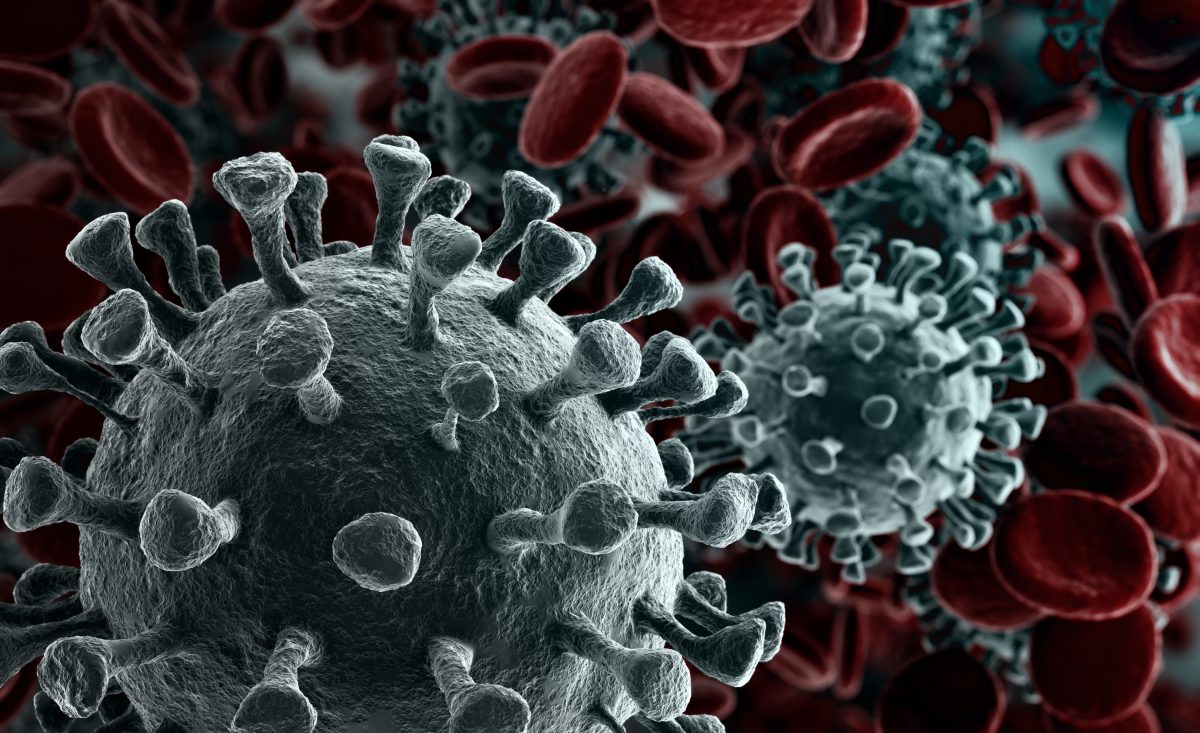Origins (as described on NPR One)
Originally, the so-called wet markets found in Huanan and many other cities not only in China but in Laos, Thailand, SIngapore and elsewhere in Southeast Asia were blamed for the begining of the SARS-CoV-2 in humans. At the markets, many common foods such fish, chicken and pork are displayed in close proximity to more exotic animals, which are often stacked in cages that create incredible stress on the animals, making them vulnerable to disease. The South China Morning Post stated, the Huanan market sold “120 wildlife animals across 75 species” including “live foxes, crocodiles, wolf puppies, giant salamanders, snakes, rats, peacocks, porcupines, camel meat and other game” according to Channel News Asia. These markets are called “wet markets” because the live seafood and other game is processed on the spot and the process of washing down the work area to maintain some degree of sanitary standards creates a more or less constant amount of dampness (though, admittedly, I have never personally witnessed this.) According to the WHO-convened Global Study of Origins of SARS-CoV-2: China Part released on March 30, 2021: “Many of the early cases were reported to have a link to the Huanan market, a place where animals and animal products were sold to the public. Some reports have suggested the zoonotic spread of SARS-CoV-2 through this market, although the role of the market, as either the source of the initial transmission of the virus to humans or as an amplifier of the early epidemic, was unclear, as several early cases reported no link to the Huanan market or any other market in Wuhan.” That wet markets play a crucial role in the spread of disease is intuitively true to many epidemiologists and partially explains why SARS-CoV-2 is so resilient.
Why is SARS-CoV-2 so resilient? The order of battle
Paulo Verardi Associate Professor of Virology and Vaccinology, University of Connecticut writing in The Conversation said “Currently there are five variants of concern circulating in the U.S.: the B.1.1.7, which originated in the U.K.; the B.1.351., of South African origin; the P.1., first seen in Brazil; and the B.1.427 and B.1.429, both originating in California Each of these variants has a number of mutations, and some of these are key mutations in critical regions of the viral genome.” The different stains can be found in different areas of the country at any given time. For example, the B.1.1.7 is currently rocking Michigan, accounting for 57.6% of all cases in that state which is the worst hit state at the moment. And the “home grown” B.1.427 and B.1.429 continue to dominate in California, accounting for almost 54% of the new cases. My own state of New York is being subject to what the CDC calls “other lineages,” a sort of miscellaneous category.
There’s a lot we’re still learning about this SARS (Severe Acute Respiratory Syndrome) outbreak) and a lot more we don’t know. For example, why does one state generally follow CDC guidelines to a “T” and get hit particularly hard while another state flaunts medical and scientific guidance and seems to be overlooked as far as the Virus is concerned? That is a mysterly that defies logic. But despite this, Verardi has some thoughtful comments as far as what we can generalize.
Why is SARS-CoV-2 so resilient? What we know
“First, the SARS-CoV-2 variants of concern generally spread from person to person at least 20% to 50% more easily. This allows them to infect more people and to spread more quickly and widely, eventually becoming the predominant strain.” So, the British B.1.1.7 may not be more deadly than the version that begain in the U.S. (and which has already morphed, and see point 2 below) but the fact that it transmits more easily and sickens more people, it means that all things being equal, more people will unfortunately die. Verardi continues:
“Second, SARS-CoV-2 variants of concern can also lead to more severe disease and increased hospitalizations and deaths. In other words, they may have enhanced virulence. Indeed, a recent study in England suggests that the B.1.1.7 variant causes more severe illness and mortality.” It should not be a surprise that the variants are more dangerous than when SARS-CoV-2 first appeared. Using deep learning techniques, researchers at Michigan State University (MSU) discovered as early as last summer that the predicted variants would likely be worse the what came before them.
Lead researcher Guowei Wei, professor in the departments of Mathematics and Biochemistry and Molecular Biology, developed a model that analyzed SARS-CoV-2 mutations to the spike protein — “a protein primarily responsible for facilitating infection — and found that five of the six known virus subtypes are now more infectious.”
Wei’s model predicts that multiple residues on the receptor-binding motif — a component area of the RBD — have high chances to mutate into more infectious COVID-19 strains,” according to an MSU press release last summer. Using mathematical modeling, the team was able to approximate the trajectory of the variants as they emerged.
“The findings of the study show that the virus was designed specifically for humans. Whether it happened naturally, by chance, or intent, is still to be investigated.”
Sakshi Piplani, Singh, Winkler, et al.
Continuing with the generalizations, Verardi notes: “Another concern is that these new variants can escape the immunity elicited by natural infection or our current vaccination efforts. For example, antibodies from people who recovered after infection or who have received a vaccine may not be able to bind as efficiently to a new variant virus, resulting in reduced neutralization of that variant virus. This could lead to reinfections and lower the effectiveness of current monoclonal antibody treatments and vaccines.” In fact, yesterday the CEO of Pfizer Albert Bourla announced that a third dose of his vaccine will likely be needed in the future.
Why is SARS-CoV-2 so resilient? Designed for humans
Still, this is a dangerous virus. It’s not what Trump administration officials once referred to sarcastically as the “Kung Flu” in a back-handed slap at China. It is much more than the flu. It seems to be a perfect “fit” for our species. Writing in Medical News, Angela Betsaida Laguipo summarizes from a non-peer reviewed study called “In silico comparison of spike protein-ACE2 binding affinities across species; significance for the possible origin of the SARS-CoV-2 virus” by Sakshi Piplani, Puneet Kumar Singh, David A. Winkler, Nikolai Petrovsky “The findings of the study show that the virus was designed specifically for humans. Whether it happened naturally, by chance, or intent, is still to be investigated.” Some policymakers hostile to China might read that to mean that SARS-CoV-2 was “weaponized” in a Chinese lab. In fact, Laguipo quotes Petrovsky that is is impossible to rule out the theory that the virus was created in a cell-culture experiment as far as preliminary evidence is concerned. And the Chinese authorities have been less than forthcoming on several occasions. But the design of the virus could just as easily have developed randomly according to Darwin’s principle of natural selection, and the manipulation of the virus for biologic warfare purposes has been soundly discounted so far.
Dr. Bill Haseltine, a virologist who wears many different hats writing in Forbes and elsewhere documents that the SARS-CoV-2 (Covid-19) virus is capable of “parallel evolution,” or evolving independently across space and time. Or, paraphrased, “…the variations that arise over the course of someone’s infection can be the same as those seen in the pandemic at large, achieving astriking degree of spatiotemporal coherence.” Thus, an infected patient in a hospital in Belgium (for example) may have changes in his virus very similar or identical to viral changes in a patient in California. When a patient in London who was immunocompromised was treated aggressively last fall with Regeneron and Remdesivir in an attempt to (1) save his life and (2) defeat the virus, these treatments “evidently put more pressure on [the virus] to evolve” instead of being destroyed.” It is a well known fact that the technological and pharmaceutical advances in medicine can sustain life well beyond the threshold of only half a century ago. We have a cohort of tens of thousands of patients (perhaps more) who we can keep alive during this pandemic though their bodies sadly cannot recover. But in this compromised state, their bodies serve as reservoirs for SARS and other diseases to replicate and if the conditions are ripe, mutate.
Most mutations are harmful to a virus or at least of little consequence. Emma Hodcroft, who is a molecular epidemiologist working at the University of Basel, Switzerland puts it this way: “It’s much easier to break something than it is to fix it” as reported in the September 8, 2020 edition of Nature.
An analogy from Aesop

When I consider the current pandemic situation, I’m reminded of Aesop’s fable “The Tourtise and the Hare.” The Hare is the virus which lunged out of China and started devestating entire countries such as Italy before many Americans understood the threat. However, the U.S. worked quickly on a vaccine, which proceeded slowly (but actually at “warp speed” as far as vaccines are concerned) until it was unveiled. The virus is the tortoise and the vaccine is the hare in this analogy. The hair is still ahead in the race, but it runs in fits and spurts now instead of a dash depending on the prevalent variant at the moment. The tortoise is still plodding dutifully along behind the hare, because it takes a while to develop herd immunity and because when it comes to wearing masks and social distancing, we’re our own worst enemy, but at least the race is more competitive now. All I can do is hope that Aesop was right and that these analogies hold true. And wear my mask.
Can Herd Immunity Save Us?

Why is SARS-CoV-2 so resilient? Herd Immunity: What is it?
According to an interesting article in the British medical journal The Lancet, the term herd immunity was first used by an American veterinarian in the beginning of the Twentieth Century as cattlemen in the Midwest faced an epidemic of miscarriages in sheep and cattle herds. The response of the ranchers was to rid themselves of the affected animals and replace them with fresh breeding stock from abroad. According to The Lancet, “Kansas veterinarian George Potter realized that this was the wrong approach. Writing with Adolph Eichhorn in 1916 in the Journal of the American Veterinary Medical Association, he envisioned ‘herd immunity’. As he wrote in 1918, ‘Abortion disease may be likened to a fire, which, if new fuel is not constantly added, soon dies down. Herd immunity is developed, therefore, by retaining the immune cows, raising the calves, and avoiding the introduction of foreign cattle.’” (Jones and Helmreich : 19.) So, instead of removing those animals that miscarried from the contagion, they should have kept them under the theory that once afflicted, they were now immune from further infection by the same pathogen once they recovered. To cull them and replace them with stock entirely vulnerable to the disease would only perpetuate the problem.
Subsequent experiments done with colonies of mice seemed to support the empirical evidence and scientific musings of veterinarians. But it was not easy trying to achieve herd immunity, even with the vaccines produced by famous scientists of the day.
Let’s fast-forward to the current century and our own contagion.
But, does it work?
For many Americans (including policymakers) who today are sceptic of vaccines or who believe the Covid-19 pandemic is a conspiracy, a hoax, or otherwise overblown, herd immunity is the gold standard in the war on this disease. However, a National Geographic article from October 2, 2020 splashes cold water over the promises of herd immunity. According to the article: “Only two infectious diseases have ever been eradicated: the human scourge of smallpox and the cattle-borne germ rinderpest. All other known afflictions—including such Old World pestilences as rabies, leprosy, and bubonic plague—have either been managed through human intervention or remain uncontrolled” to this day. The article goes on to explain why.
“The reality is that most of the world—including 90 percent of the United States—remains susceptible to infection by the coronavirus virus, despite the global toll so far. Banking on natural infection to control the outbreak would lead to months, if not years, of a dismaying cycle in which cases subside and then surge. Even if such community-mediated protection were established, it would be constantly eroded by the birth of children and the real possibility that immunity in those previously infected would wane.”
Why is SARS-CoV-2 so resilient? Catch 22
Here, we see the same dilemma faced by cattlemen in the early days of the twentieth century. The livestock that got sick from the “abortion disease” and were destroyed or reached their life expectancy were the very specimens that held the hope of eventual control of the disease once they recovered. Importing unexposed cattle or sheep from overseas as replacements only exposed another vulnerable cohort to the ravages of the disease at the expense of the ranchers’ existing herds. Another problem posed were those calves and lambs that were born which had no immunity as they grew and replaced the mature livestock that did acquire immunity. It was like a sink running with no stopper: the water ran out as fast as it ran in and the sink never reached the desired level.
Measles, mumps, rubella (Oh! My!)
Anti-vaxxers understand that with some diseases, people acquire an immunity from subsequent infections when their bodies first encounter the disease. Because they eschew vaccines for various reasons, they, in some cases, deliberately expose their children to the disease, throwing events such as measles parties. But these events can backfire as they did in New York City several years ago and there can be complications for their children from the catching the disease absent any aseptic rigor or medical supervision. Measles, mumps, rubella, chickenpox, shingles and the flu vaccines contain “live” but weakened viruses. Even so, there are restrictions on who should or should not receive these vaccines and when. The Pfizer and Moderna vaccines do not include viruses, only scraps of the RNA of the SARS-CoV-2 virus. This is enough to get your body to develop natural defenses, but with this technique, no intact virus actually injected into your body.
Why is SARS-CoV-2 so resilient? This or that
Getting back to the National Geographic article, the story continues by noting the challenges in reaching herd immunity which is more accurately referred to as threshold theorem. One problem is that different diseases need different levels of the population to have the necessary immunity to keep the virus in check and from spreading. The need for 75% of the population with acquired immunity from getting the disease and recovering or by getting the vaccine has been mentioned as the required minimum to defeat the coronavirus, but for other viruses it might be 85% or 45%. Also, some viruses can jump the species barrier, for example from pigs to people and back to pigs. Epidemiologists then wind up playing the game of Whac-A-mole. Some viruses can “hide out” in remote populations in the planet, undiscoverable until the next outbreak. And then there are the variants, the length of time a person enjoys immunity without a booster shot, and so on.
Clearly, the best chance of getting the coronavirus under control is for everyone to play their part.
Scientists must relentlessly pursue the best possible formula for control of the virus if it is not possible to achieve outright eradication, and they must receive adequate funding from governments to do so.
Governments must support this research and not send out mixed messaging to citizens, or attempt to downplay occurrences of a new disease, rewrite narratives or present “alternate facts” when the World Health Organization investigates an outbreak.
In the U.S., the federal government should ensure that minimum standards are met as far as the states are concerned. This is not the time to paint a response to a deadly disease as a litmus test of civil liberties. With no disrespect intended to those who have lost a loved one to Covid-19, we are in some way fortunate in that less than a million people in the U.S. have died. There are some diseases prowling the planet that could kill fifty, perhaps one hundred times that many people in the U.S. in half the time that Covid-19 has been around.
Those who advocate a medical response at all costs must be mindful of the loss of income to workers and the collapse of tens of thousands of small businesses in this country. Again, government must step up to the plate, with sufficient resources. To my republican friends, I would ask that they behave as ordinary citizens are being asked to behave. Wear masks in public. Avoid super-spreader political events. Work with those on the other side of the aisle, putting aside partisan differences. To my democratic friends, I would say this is not the time to try to pack family relief bills with minimum wage increases, studies involving the dali lama, climate change initiatives, and other progressive “pork.”
Finally, citizens must follow professional advice even if inconvenient by requiring masks, performing handwashing, quarantining after receiving quarantine orders, etc.
And a little prayer certainly wouldn’t hurt either. We are all in need of God’s mercy and grace.
This is my favorite daily site where I monitor the SARS-CoV-2 infections across the U.S. It contains R0 rates per state, county, and metropolitan area as well as ICU capacity, new cases, deaths, and other (sortable) indices.
Feature photo credit: HP Productions (Shutterstock)



